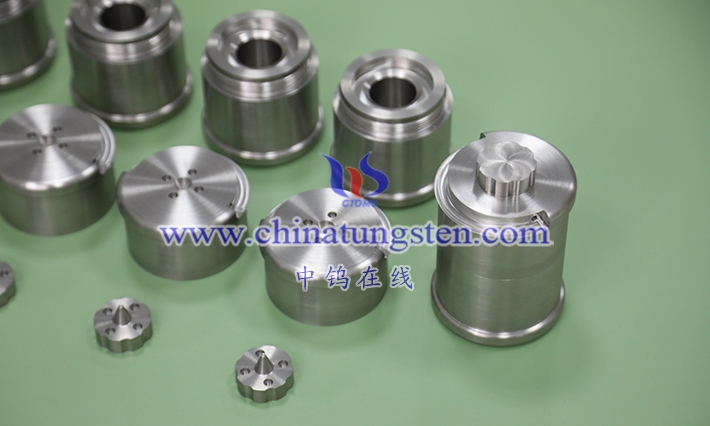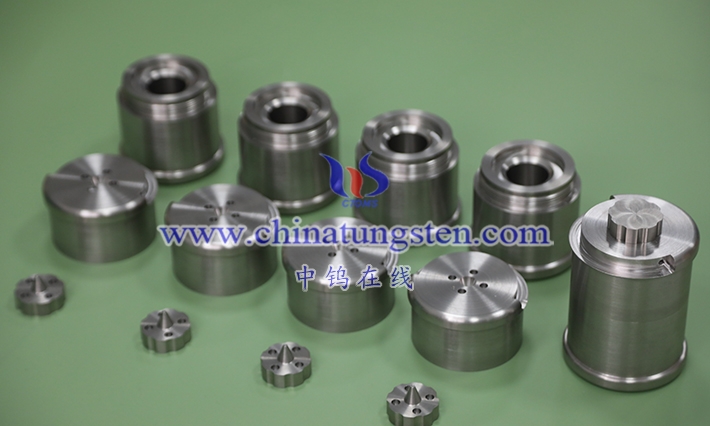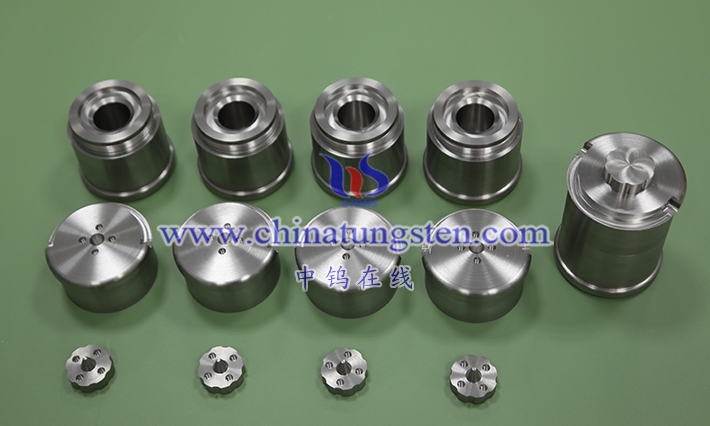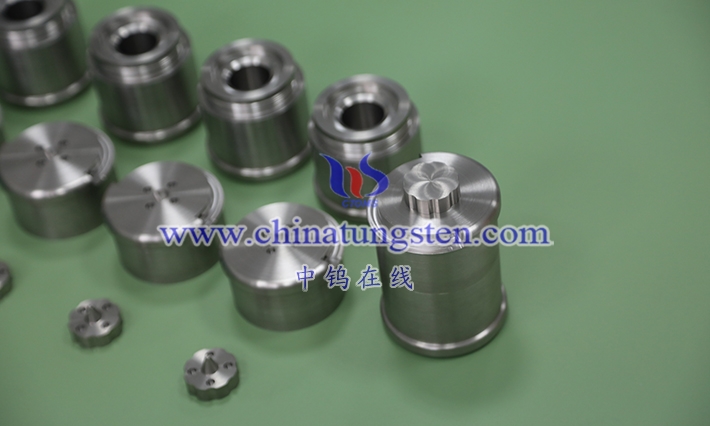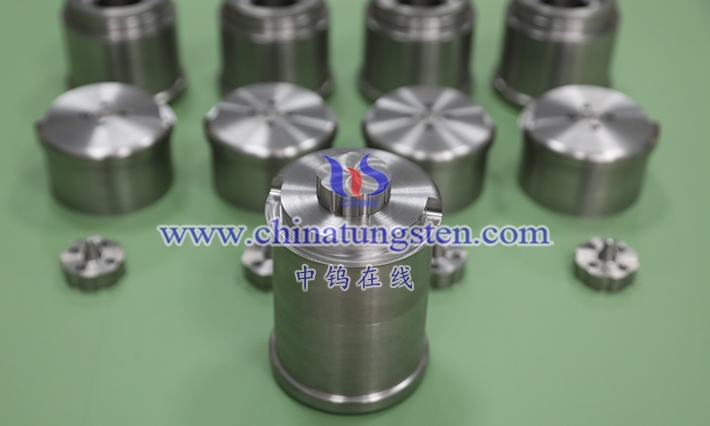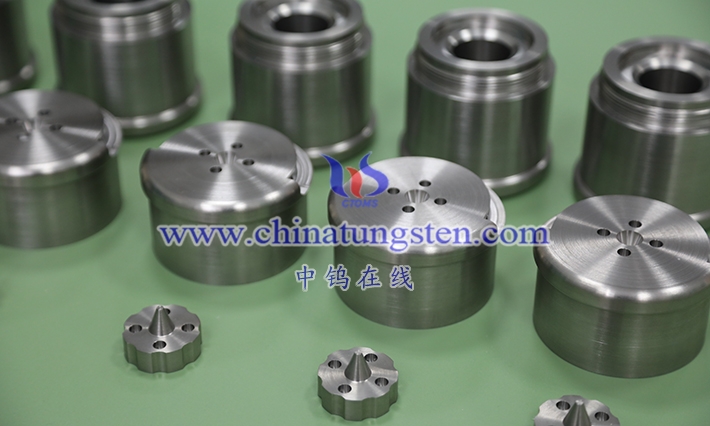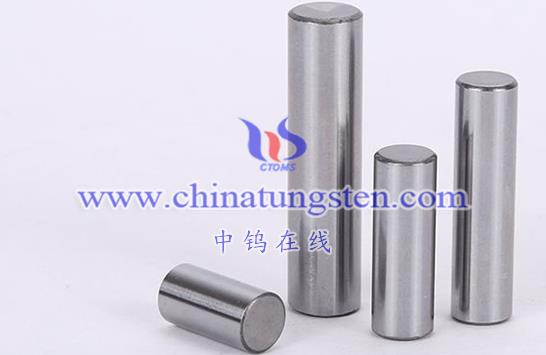
The electrical and thermal conductivities of high-density alloys depend on their composition and microstructure. These properties can be evaluated through the physical and chemical properties of the alloy.
When it comes to electrical conductivity, high-density alloys generally have higher electrical conductivities, meaning they can carry electrical current efficiently. This is mainly attributed to the higher content of metallic elements in the alloy, as metals generally have better electrical conductivity. For example, tungsten-copper alloy, a common high-density alloy, has high electrical and thermal conductivity.
Thermal conductivity is a measure of a material’s ability to transfer heat. High-density alloys also have relatively high thermal conductivities, meaning they can transfer heat efficiently. This is mainly attributed to the higher content of metallic elements and the better heat transfer properties of metals. For example, the thermal conductivity of tungsten-copper alloy can reach 100-200 W/(m·K), which makes it used as a thermal conductive material in electronic equipment.
However, it should be noted that the electrical and thermal conductivity of high-density alloys may be affected by a variety of factors, such as preparation process, heat treatment, impurity content, etc. Therefore, when designing and applying high-density alloys, it is necessary to comprehensively consider their physical and chemical properties as well as practical application requirements.
More details of tungsten alloy product, please visit website: http://tungsten-alloy.com/
Please contact CHINATUNGSTEN for inquiry and order of tungsten carbide:
Email: sales@chinatungsten.com
Tel.: 86 592 5129595
